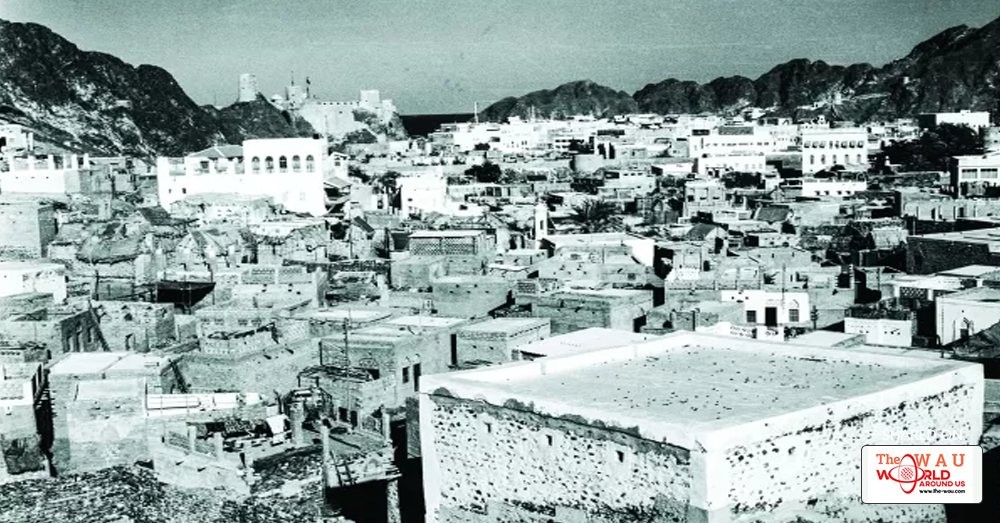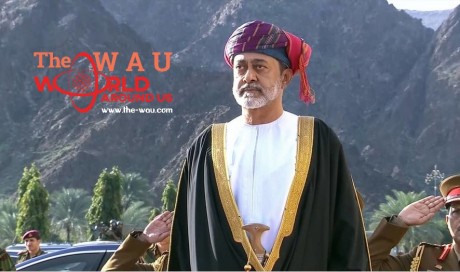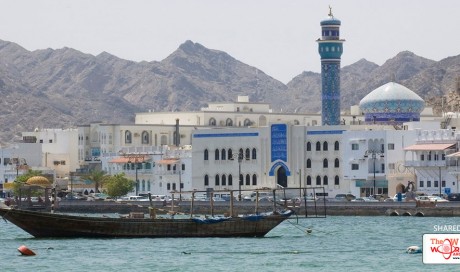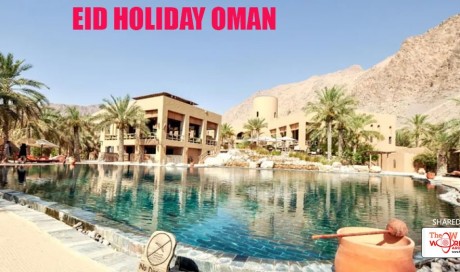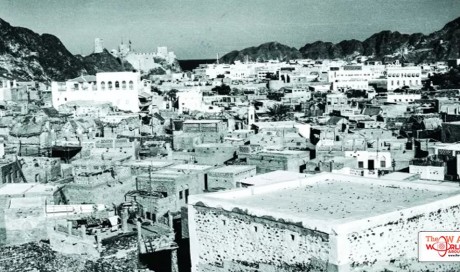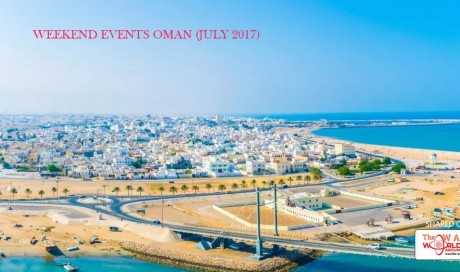If you’re wondering how Oman and the rest of the world used to look like decades ago, check out ‘The World As It Was,’ a Facebook page set up by blogger Luiz Estrella.
Estrella, a former history student who hails from Brazil, features on his page, photographs, and where possible, videos, of cities before the year 1920.
His sepia-tinted photos capture an era of the world that has shaped humanity into what it is today, and one of his most iconic photos of Muscat features the old fort, with its walls still intact, as it encircles the city, and its surrounding structures, in the year 1870.

“I have decided to limit my postings to this period because it is events, such as the French Revolution, the American Civil War, the rise of the great colonial empires, the Russian Revolution, and World War I which paved the way for the world as we know today,” said Estrella.
Sourced from various archives, including the British Library, the Pitts-Rivers Museum in Oxford, the Massachusetts Institute of Technology (MIT) in the United States, and the Musee du Quai Branly in Paris, Estrella’s Facebook collection has been meticulously organised into 88 albums.

“I only source images from institutional sources,” explained Estrella. “I now have more than 10,000 photos, the great majority of which are unpublished, from more than 800 sources in 56 countries around the world. I guarantee their authenticity because all of them can be obtained by accessing these institutional sources websites. I have adopted a policy of always mentioning the source from which I have extracted the photographic material.”
“For every photo, painting and video published, at least three pieces of information are available to help users understand the context of the image: the original or adapted title, year of production and the source,” added the Rio de Janeiro native, and although Estrella has only 14 images of Oman, he is hoping to soon expand his vintage collection.
“Unfortunately I do not have many photos depicting old Oman,” he admitted. “I would like more from local sources if possible. I guess there are more historical photos of Oman available online, but my research is limited to images created until 1920.”
“The process of sourcing photos is the most time consuming,” added Estrella. “I began extensive online research in mid-2014 in order to identify the sources with iconographic material that meet my publishing criteria. It is easier to obtain photographic material from institutional sources in the United States and Western Europe, but in other regions, such as Sub-Saharan Africa, the Middle East, the Indian Subcontinent, Southeast Asia and the Far East, the language barrier and the lack of sources available online are great problems.”
“Even if available, obtaining high quality images from websites available only in local languages, such as Hindi, Arabic and Chinese is difficult,” he said. “I´ve never been to Oman but I would like to visit it. I believe that the country is pursuing its own identity with a mix of old and new, unlike some of its neighbours.” These photos, though, have provided Estrella with a unique perspective on the world. “Cultural heritage should be more valued,” he said. “Do not start your research thinking about the ‘likes’ you receive. Instead, establish a focus, no matter how people react to your postings.”
Share This Post

